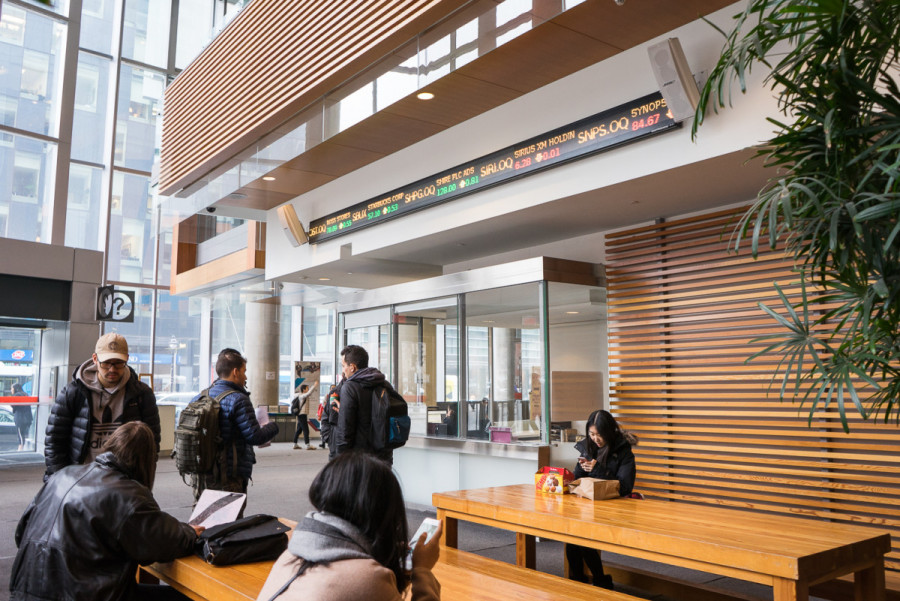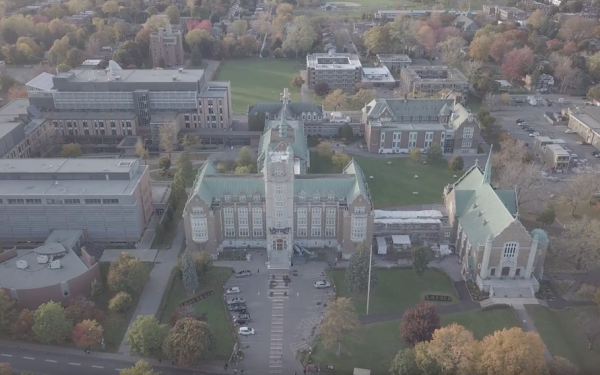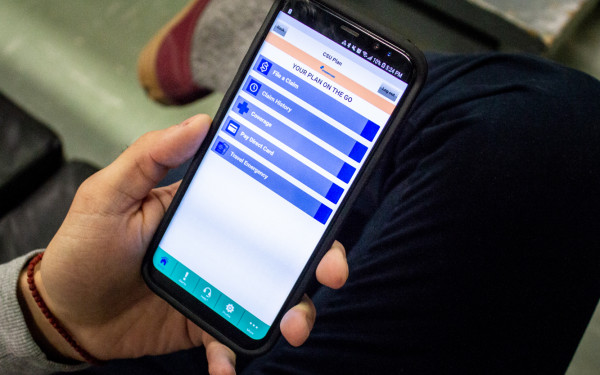Being honest about our biases makes for better journalism
As journalists, we need to be more transparent if we’re aiming for truth
It’s not news that trust in the media has been on the decline for decades.
We’ve all heard of fake news ad nauseum, whether hurled as an attack by Donald Trump or used to define the spread of misinformation surrounding COVID-19. But this year, signs pointed towards Canadians' trust in the media being at record lows.
In a 2021 report on media credibility among Canadians, 49 per cent of those surveyed agreed that journalists and reporters are “purposely trying to mislead people.” In the same survey, 52 per cent agreed that most news organizations are “more concerned with supporting an ideology or political position than informing the public.”
This doubt in objectivity isn’t unfounded. News outlets do tend to lean one way or another on the political spectrum. As a journalism student, I worry about the ways my personal stance, biases and opinions seep through in my pieces. Should I be hiding these in an attempt at remaining objective, or should I lean into them so that they’re more obvious in my work?
In journalism school, we’re taught that the defense against mistrust in journalism is to hold firm in ideals of objectivity. In their personal as much as their public lives, journalists are expected to remain neutral. But clearly something isn’t working.
Honesty is necessary to regain the public’s trust, and I think we should be more honest about where we’re coming from and where we stand on certain issues.
Readers, viewers and listeners shouldn’t have to doubt the validity of the information they’re receiving from the news, or wonder if they’re being misled by journalists. According to surveys by the American Press Institute, people often can’t tell the difference between an opinion piece and the news. If we aren’t clearly defining our reporting, but are implicitly biased, I don’t think this is surprising.
We’re claiming impartiality, but showing our bias. We can no longer ignore that each journalist has a set of experiences and viewpoints that affect their work. Journalists are people first. Honesty is necessary to regain the public’s trust, and I think we should be more honest about where we’re coming from and where we stand on certain issues.
Newsrooms can create space for more honesty and transparency in a few key ways. Increasingly, stories include how journalists came to gain access to a story or sources. In a recent CBC podcast on white supremacy in the Canadian military, White Hot Hate, listeners could hear Winnipeg Free Press journalist Ryan Thorpe’s panicked voice notes to himself, recorded as he ran home after an undercover interview. The series then takes listeners with Thorpe as he researches his story, exposing the very human elements of his reporting: His fear, exhilaration, and direct implication in the story. We know where he’s coming from.
Other news outlets have begun to include information attached to their stories, sharing not only the How behind a story, but the Why and the Who. Outlets like The Washington Post have published explanations that appear next to stories, sharing with readers why the publication decided to pursue a particular story at all.
When it comes to the pressing issues of our times, outlets should be honest with the public by being clear about their stance. On June 14, 2020, Concordia’s The Link Newspaper changed its Facebook banner to a graphic with the statement “Black Lives Matter” that has remained since. Although that shouldn’t be a political statement, it is. When readers interact with The Link, they know where the publication and its editorial team stands.
I think that these new attempts at transparency are essential to regain the public's trust. The more transparent we can be about our potential biases, our methodology or our connection to sources, the more we provide people with the whole picture. It’s up to them to then take what they will from our work, all with a greater understanding of how we might be leaning one way or another.


_600_832_s.png)




_600_375_90_s_c1.jpg)